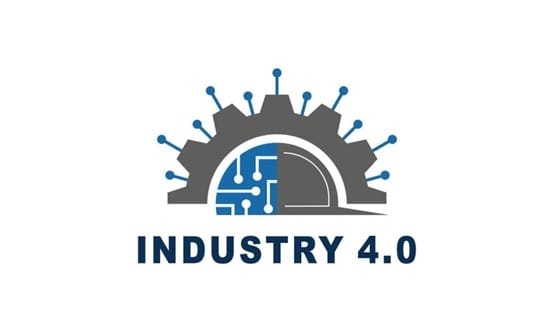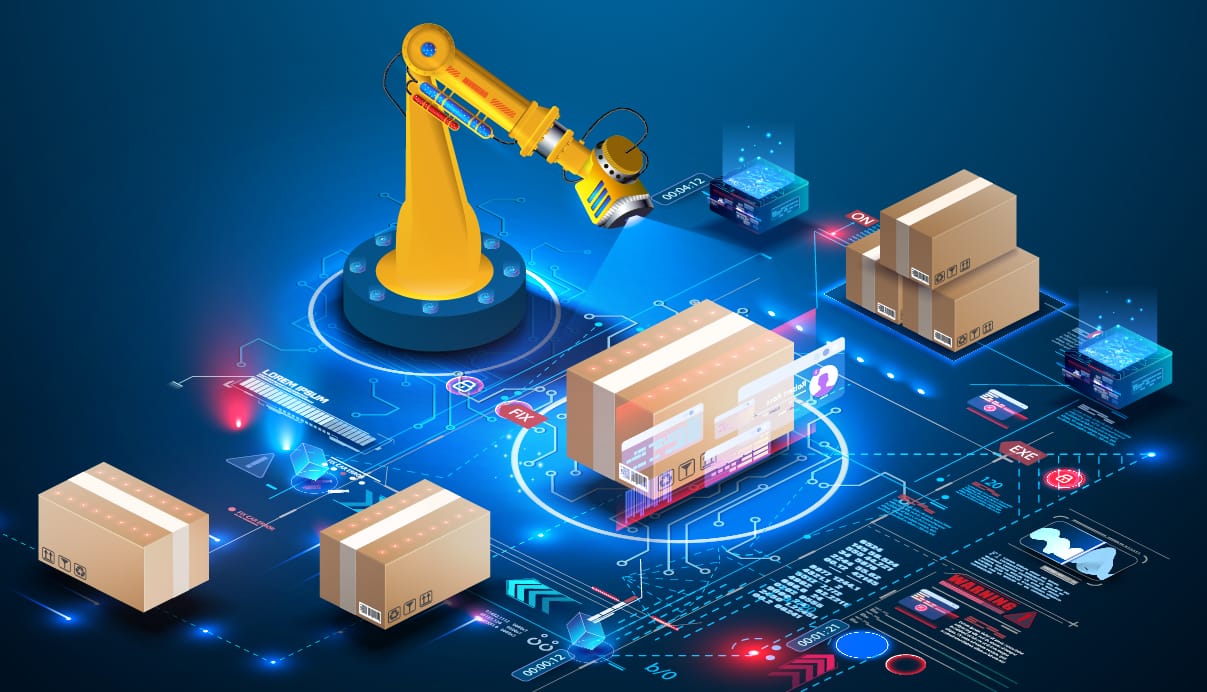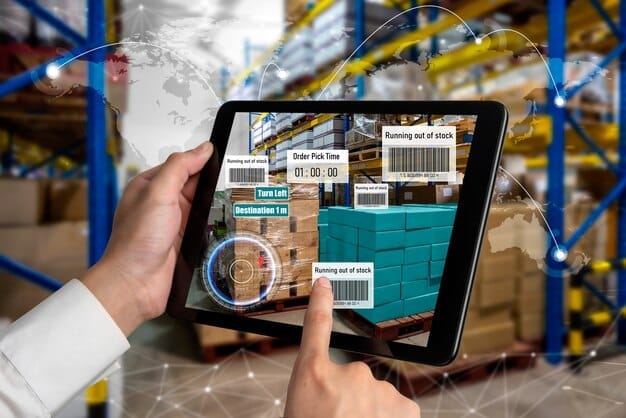What exactly is a smart supply chain?
In the next couple of years, smart supply chains management will become more powerful in the industrial world. The paradigm has shifted from linear supply chain operations to a digitized and open framework, which is part of Industry 4.0. Understanding the fundamentals it—why it was needed, the benefits it can bring to modern industry, and the components of it—will provide a competitive advantage to the business.

The process of using cutting-edge technologies to streamline operations is known as smart supply. It refers to the management of the flow of products and services from raw materials to finished products until they reach the end customer with the help of technologies.
Why is a Smart Supply Chain Necessary in the Industry World?
The conventional supply chain that was established long before the internet works great for small businesses operating in a predictable environment with a limited number of parties involved. In today’s world, where there are hundreds of supply chain participants involved, each with different regulations and a complicated operational workflow, it requires a different approach to make sure the communication and collaboration run smoothly. This is where it comes into play.

Smart Supply Chain Management Benefits
Here are the top 5 benefits:
- Bottleneck prediction
They are able to predict a possible bottleneck based on the available data fed by connected sensors across the factory. Preventing the bottleneck situation helps to prevent waste production and improve production efficiency. - Smart predictive analysis
The system is able to monitor the condition of the operating equipment facility, so when certain parts of the equipment don’t perform at an optimal level, it will be reported to the management and replaced immediately. - Supply chain transparency
This system provides transparent information to the customer regarding the whole process to prevent disruptions that could put the whole operation at risk as well as cater to the needs of eco-conscious customers. - Predictive maintenance
The system is capable of predicting when a piece of equipment needs immediate maintenance to prevent downtime. - Effective planning
By collecting real-time data from connected devices, the company is better able to understand the issue and demand more than it used to. It allowed the company to take immediate action and create a more effective plan to deal with it.
Smart Supply Chain Component

Running the system required certain components, and they are:
- Digital ecosystem
This supply chain management requires real-time data, and for that reason, it was important to build a digital ecosystem throughout the entire work system. If there is any part of the system that is not digitalized, then it will undermine the supply chain technology. - Internet of Things (IoT)
Internet of Things is part of it, where it facilitates remote identification of the running issue from the equipment, takes an assessment, and makes a real-time report to get the issue solved right away. - Artificial Intelligence (AI)
AI can process streams of data from various sources and create planning decisions based on those data. It will help streamline the whole planning process and minimize disruption caused by unpredictable events. - Supply Control Tower
This component works by having the supply chain network send relevant data to a unified data repository, where the relevant partner can access it accordingly. It helps to create smooth integration and connectivity between everyone.
Subang Smartpolitan by Suryacipta is the industrial area that was located in the heart of the supply chain corridor. The industrial location is equipped with a smart environment, smart infrastructure, and smart facilities that support supply chain management application. Located near major infrastructure, including Kertajati International Airport, the Trans Java Toll Road, and Patimban Seaport, Subang Smartpolitan is a strategic industrial area that works great for major industries including automotive, information technology, and the electronic industry.

